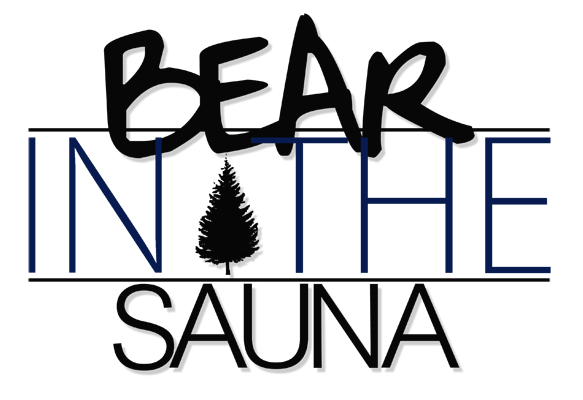The longest day - Wild Brown Bear Centre | Finland
Last night I treated myself to a long night in Hide 13. While others around Scandinavia were celebrating midsummer - which marks the longest day - I was glued to my surroundings, scanning the area for any sign of movement which could lead to a nice photograph.
Around 20:40 pm a young female Brown Bear arrived at the area, although it was fair to expect a male to follow her out onto the wetland, considering the time of year, this wasn't the case. I suspect that this female possible may be too young to mate and thus is enjoying some peace and quiet, whilst most other and older females are being pursued 24/7 by lustful large males.
This photo shown below, was taken at 1:44 am. At just 1600 ISO F3.2, you can appreciate the amount of available light during the night at this time of the year. Due to some light cloud cover during the night, the light was extremely soft, and slightly directional, which made for beautiful conditions with which to make some nice images. To complement the midnight light, the bokeh created by the out of focus cotton grass, surrounds the bear like a ring of fairy lights.
This image below was taken when she first arrived onto the scene. Although originally a landscape taken photographed, I cropped into the image to produce a portrait final edit. As you can see by the colour balance of this image - which I largely left untouched - at 9pm the light was very vivid in colour and still very directional. She stood there, resting her fore paws on a small mound and sniffed and stared towards my lens. She paused just long enough for me to capture a few quick frames with my slow camera, before she bounded away into the thick birch forest, after being harassed by the hooded crows.
During June, the males appearance can be very unpredictable due to their mating behaviour. Due to the large distances they cover and their one tract mind, feeding is last on their list. Even when frequenting the area in pursuit of a female, they do not stop to eat, but continue following their nose and the females scent. It is actually possible for males to lose as much weight at this time of the year as they do over their hibernation period.










